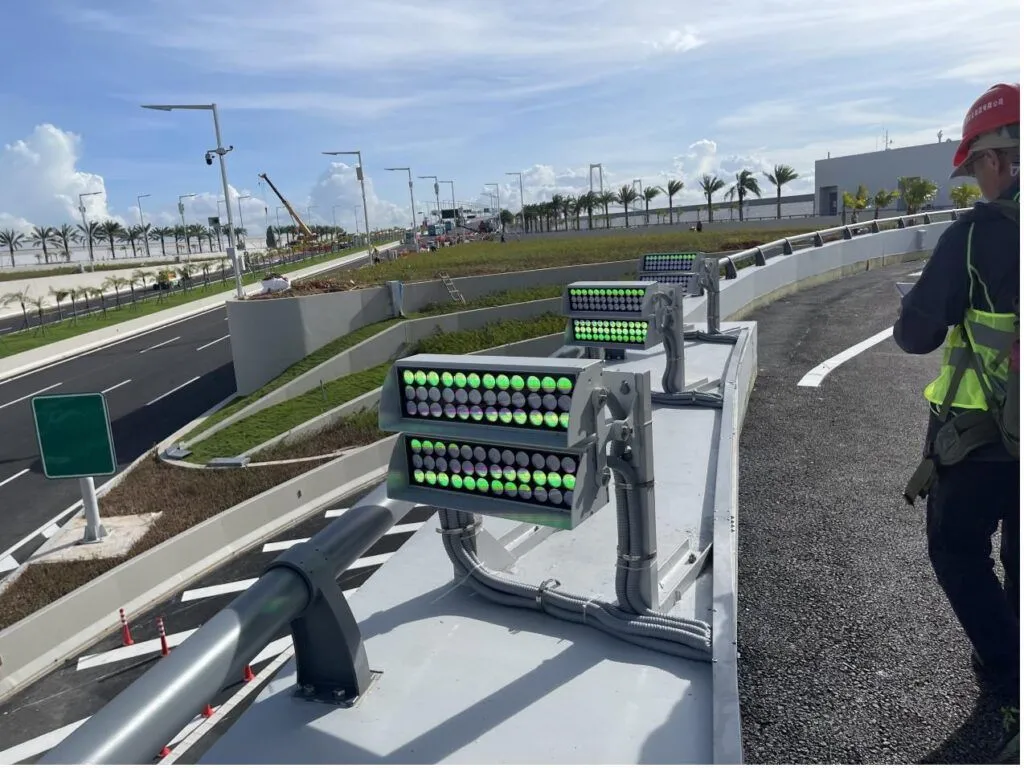In the heart of Shenzhen, China, a team of researchers led by Dr. B. Xu from the State Key Laboratory of Intelligent Geotechnics and Tunnelling at Shenzhen University has developed a groundbreaking solution for tunnel luminaire detection. Their work, published in the International Archives of the Photogrammetry, Remote Sensing and Spatial Information Sciences (translated as “International Archives of Photogrammetry, Remote Sensing and Spatial Information Sciences”), promises to revolutionize tunnel lighting management and energy efficiency in the energy sector.
Tunnel environments present unique challenges for object detection due to their complex structures and often unfavorable lighting conditions. Traditional deep learning methods, while powerful, struggle to accurately detect luminaires in these settings. Dr. Xu and his team have tackled this issue head-on, enhancing the Mask R-CNN object detection framework with a brightness balancing technique.
The team’s approach involves using tunnel grayscale images and a feature fusion network based on ResNet-FPN, trained via transfer learning. This method significantly improves the detection of luminaires. Moreover, they introduced an object brightness enhancement method based on Kapur’s Entropy Method to address the differences in luminaire brightness and their backgrounds. This innovation effectively reduces missed detections and false positives, thereby improving the overall detection rate.
“The key to our success lies in the combination of advanced deep learning techniques and innovative brightness enhancement methods,” said Dr. Xu. “This approach not only improves the accuracy of luminaire detection but also paves the way for more efficient and intelligent tunnel lighting management.”
The implications of this research are far-reaching. Accurate luminaire detection enables effective remote monitoring and management, facilitating intelligent tunnel lighting maintenance. This, in turn, can lead to significant energy savings and reduced maintenance costs for the energy sector. The proposed approach achieved impressive results, with a precision of 94.9%, a recall of 82.3%, an F1-score of 0.881, and an AP50 of 0.776. These metrics represent substantial improvements over the original model, highlighting the potential of this technology.
Dr. Xu’s work could shape the future of tunnel management and energy efficiency. As the demand for intelligent infrastructure grows, so too will the need for advanced detection and monitoring systems. This research provides a solid foundation for further developments in this field, offering a glimpse into a future where tunnels are not just conduits for traffic but also hubs of intelligent, energy-efficient technology.
In the words of Dr. Xu, “Our goal is to make tunnels smarter, safer, and more energy-efficient. This research is a significant step towards that goal, and we are excited to see how it will be applied in the real world.”

